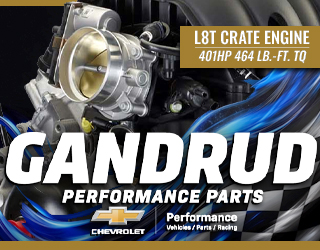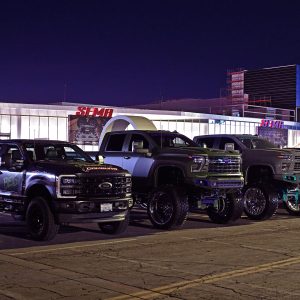Ford
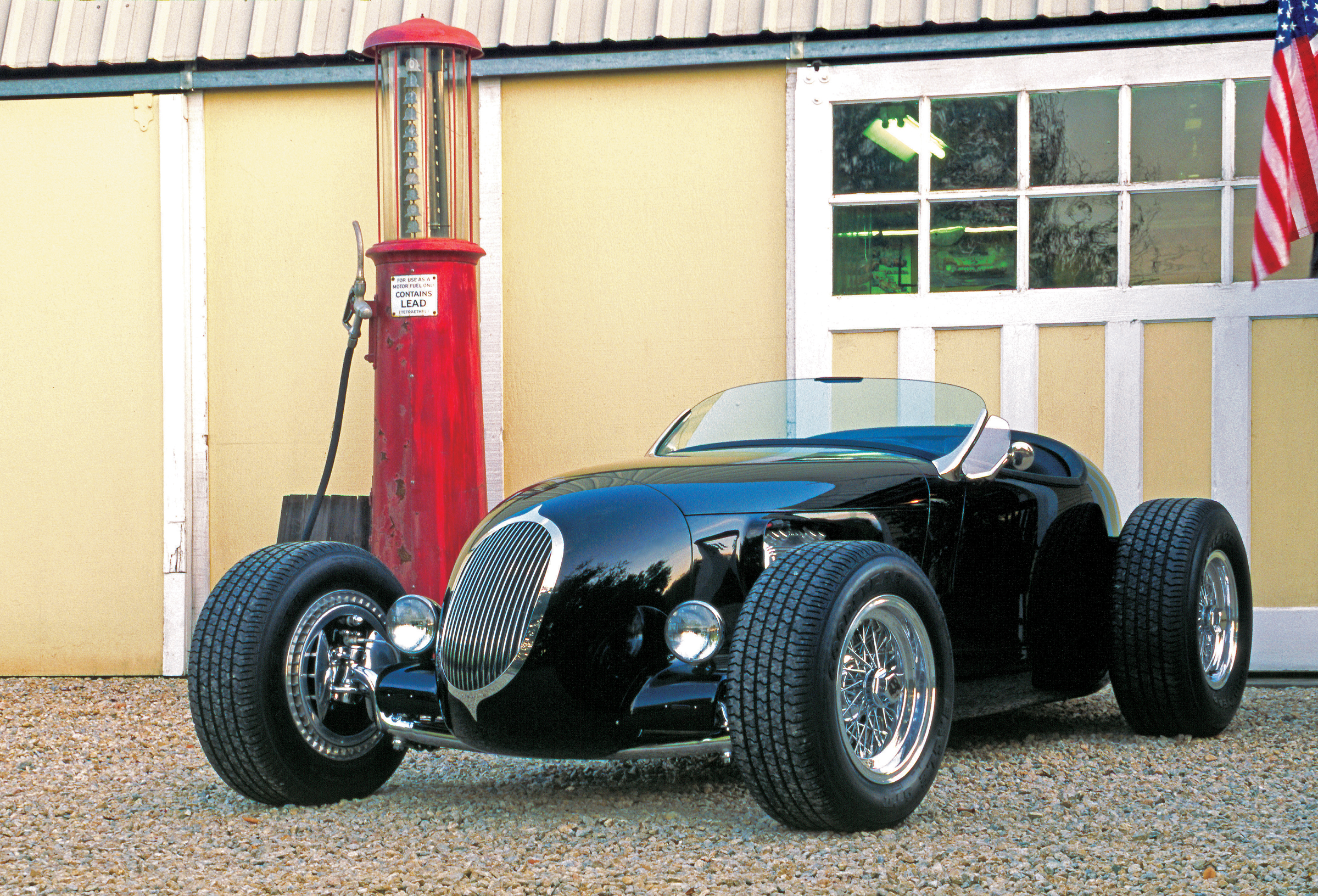
From a distance, this roadster appears to be from another place, far from American shores, as much as from another era. On closer approach, the Borrani wire wheels conjure thoughts of European heritage, although the shape borrows as much from past Indy roadsters and Sprinters as it does from the great design houses of Italy. Then there’s the engine, a flat giveaway to the true nature of this amazing crossbreed.
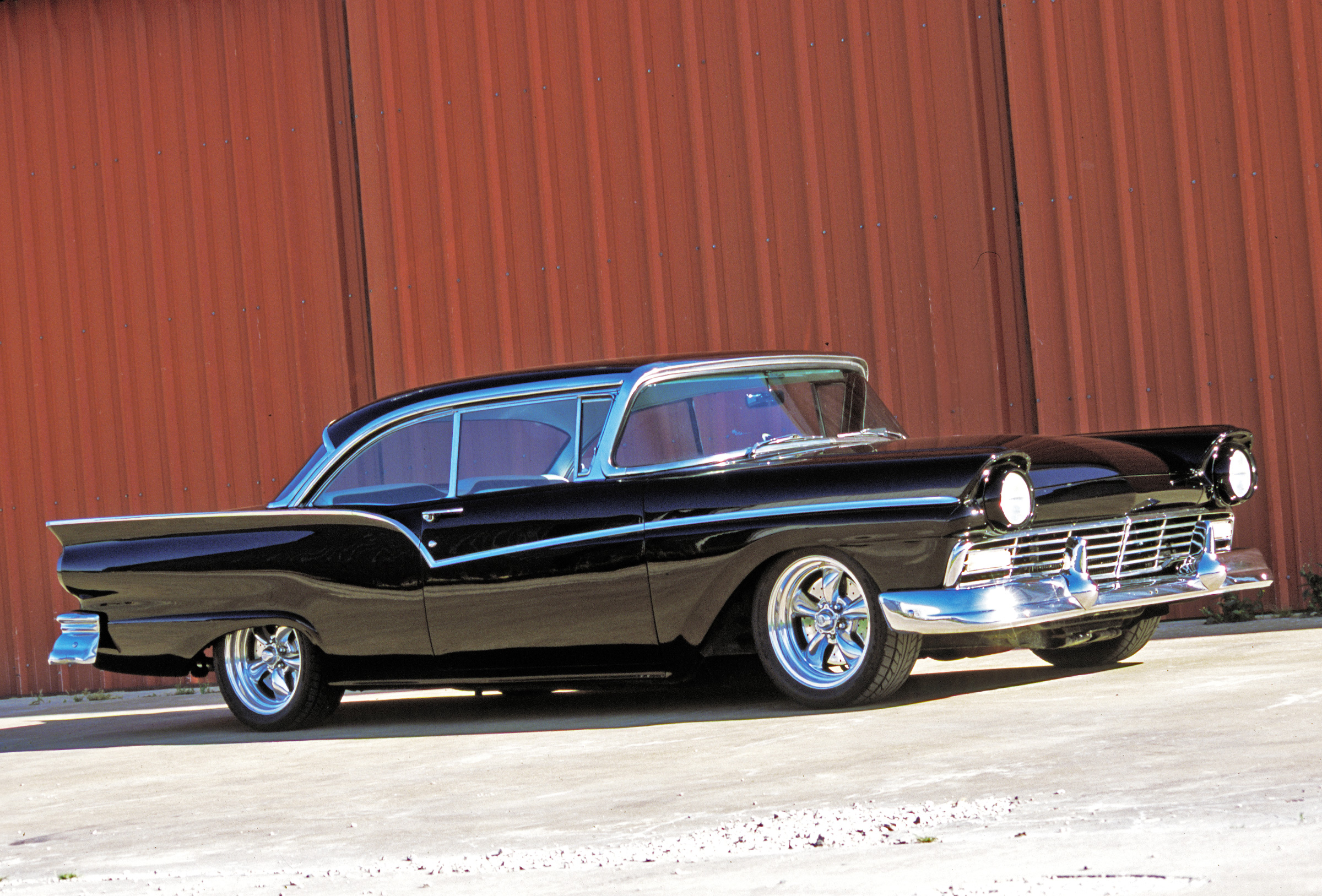
For many hot rodders, the word “custom” conjures up images of chopped, channeled, molded and frenched cars with wild metalflake paint jobs. Such radical customs no doubt helped define the custom movement of the 1950s, along with such phrases as “if it don’t go, chrome it,” but in virtually every town in the USA there was a contingency of mild customs providing their owners with daily transportation, an occasional trip down the dragstrip, and a starring role in the local armory car show a couple of weekends a year. No, most of these cars didn’t hold the local track record, nor did they make it to the ISCA Grand Finale, but they were good examples of shade-tree customizing and hot rodding. Known mostly as a “mild custom,” a term that no doubt originated from car show classes, this style of car was extremely popular.
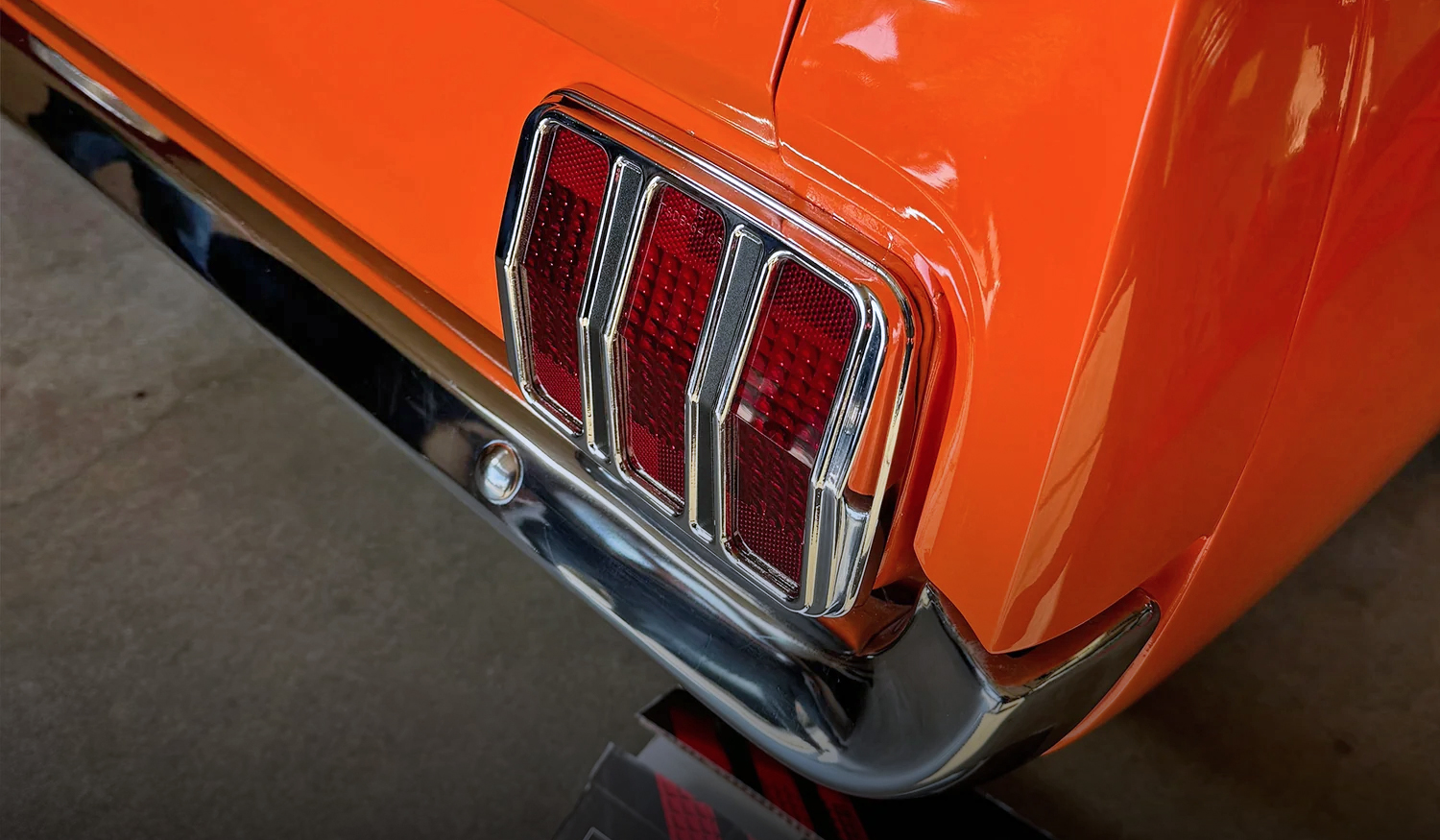
If you’ve ever followed a classic Mustang at night, you know the taillights were never its strong suit. Pyramid Optimized Design decided to fix that—with style. The Sequential Aurora Taillight is a modern LED retrofit that finally gives your early Mustang the bright, even illumination it always deserved—no hot spots, no dim corners, no burned-out bulbs.
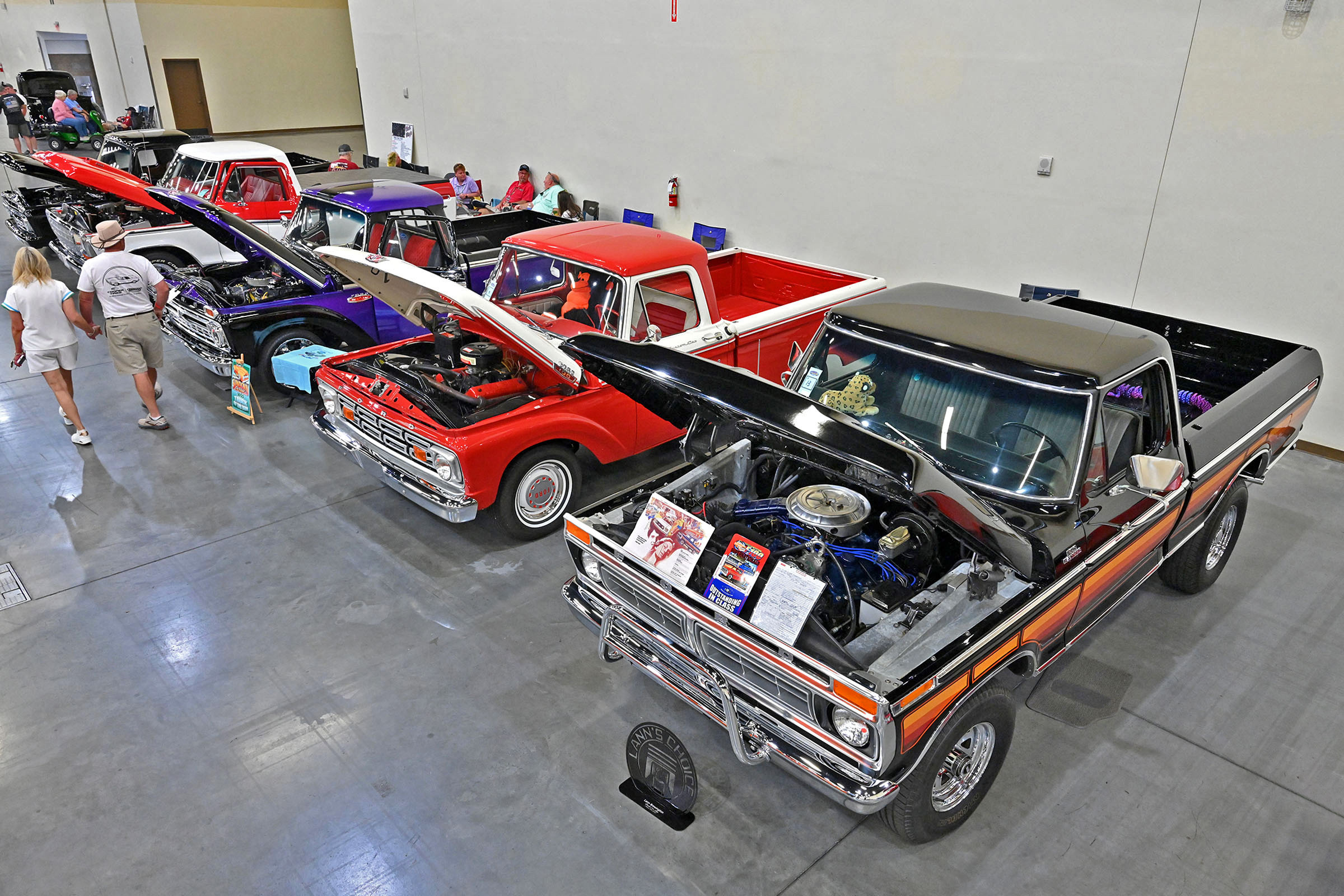
Every September, the Smoky Mountains turn Ford blue when the F-100 Supernationals takes over Sevierville, Tennessee. This isn’t just a truck show—it’s the largest gathering of classic Ford haulers on the planet, and it’s been pulling fans in for decades. If you’ve never been, imagine rows of F-series as far as you can see: bone-stock survivors, slammed shop trucks, high-dollar builds, lifted 4x4s, and everything in between. Other Fords are welcome too, so whether it’s a compact pickup or a big block Mustang, there’s a spot for every Blue Oval fan.
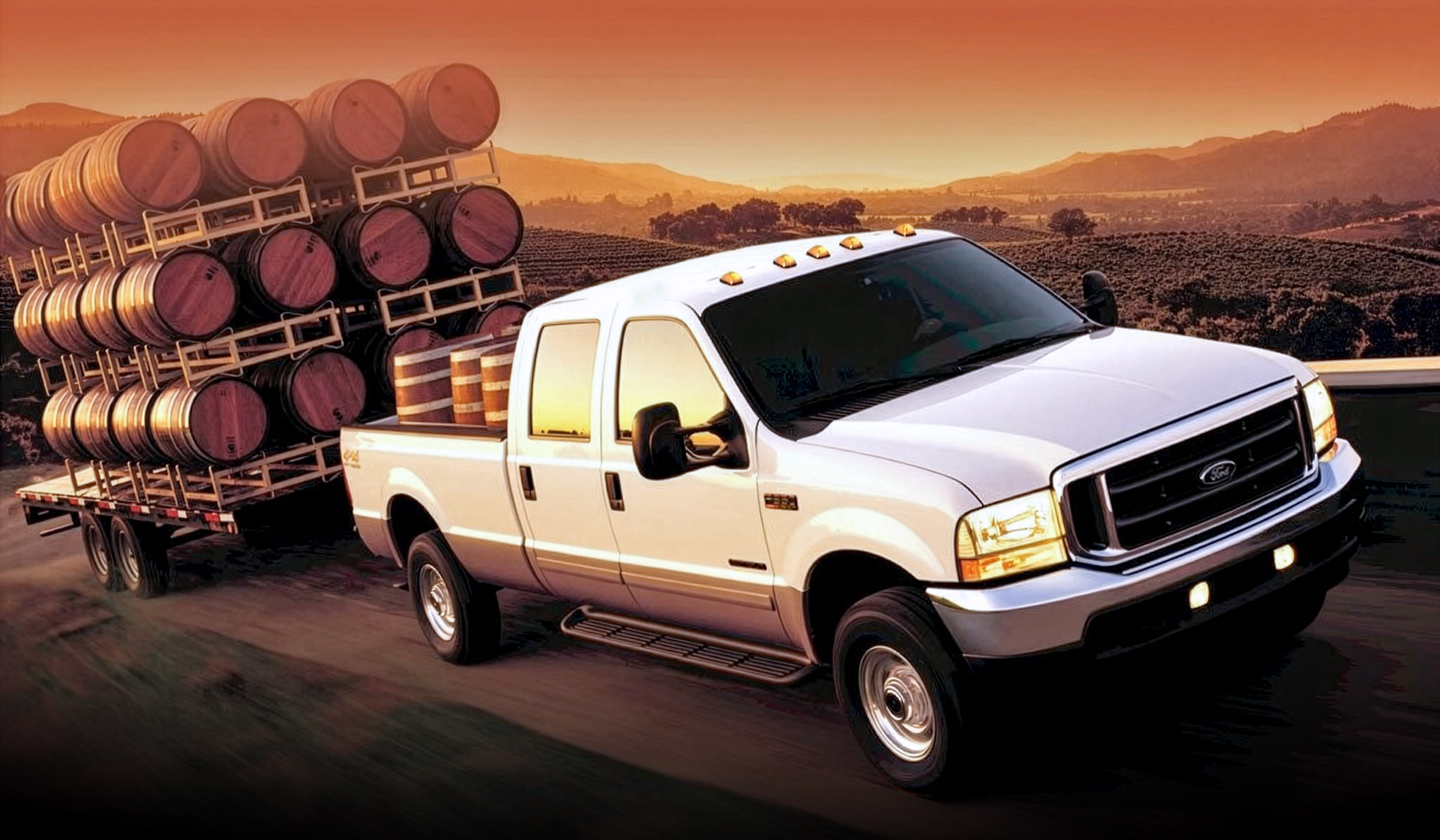
Picture this: you’re cruising down a muddy backroad, ready to switch into 4WD, and nothing happens. You check your ESOF switch, slam it again… still nothing. The culprit? Not your transfer case, not your drive shafts—it’s the OEM vacuum hoses and steel fittings at your hubs, silently failing after years of exposure to heat, moisture, and road grime. Dry-rot, leaks, and rusted fittings strike when you least expect it, leaving you stuck and frustrated.
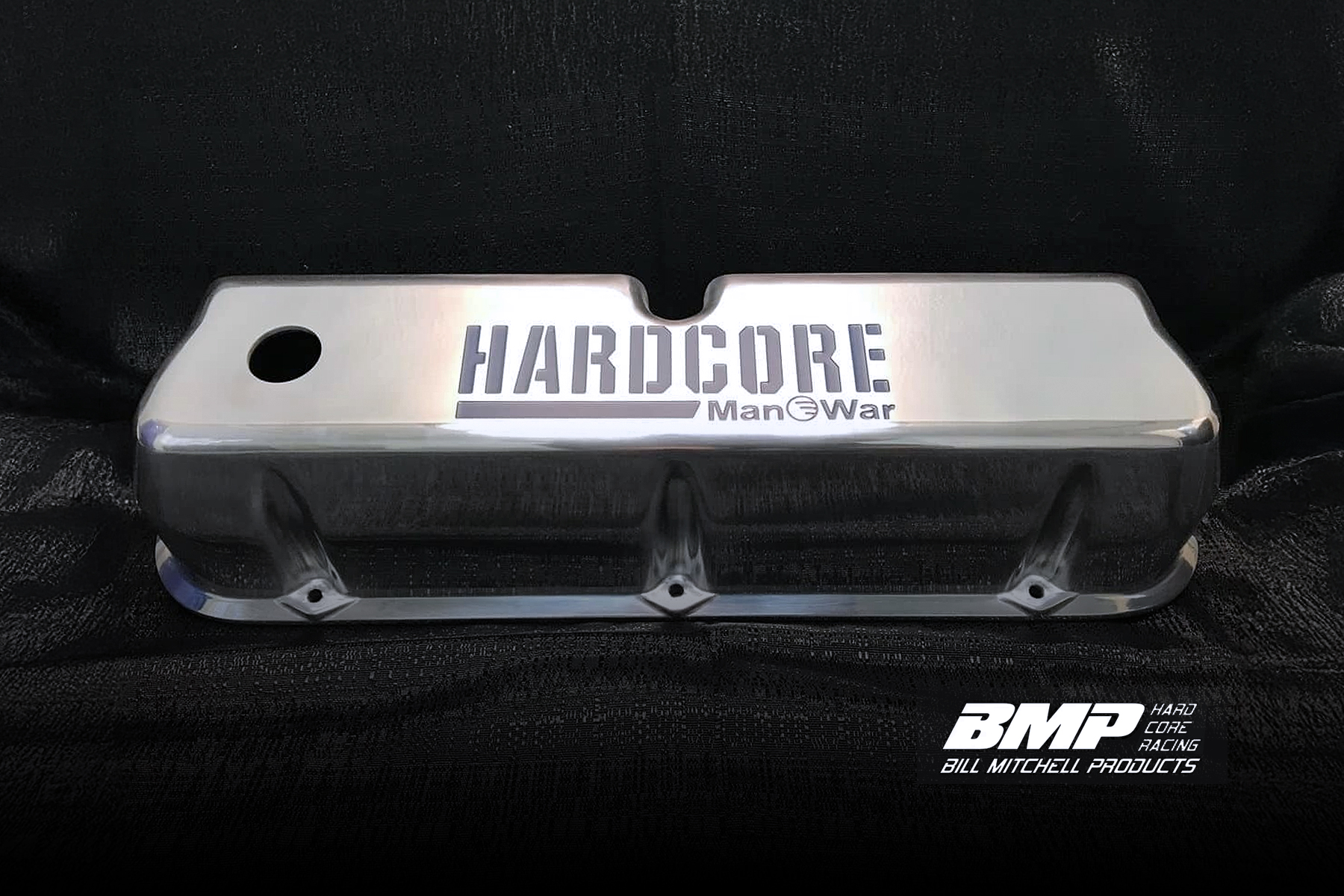
If you’re building a serious Small Block Ford, the details matter — and nothing finishes off an engine bay like a killer set of valve covers. Enter Bill Mitchell Products BMP D70870 Valve Covers, branded with the unmistakable HARDCORE Manowar logo. Originally part of BMP’s 600hp street engine crate program, these covers are now available individually — and at a can’t-miss closeout price.
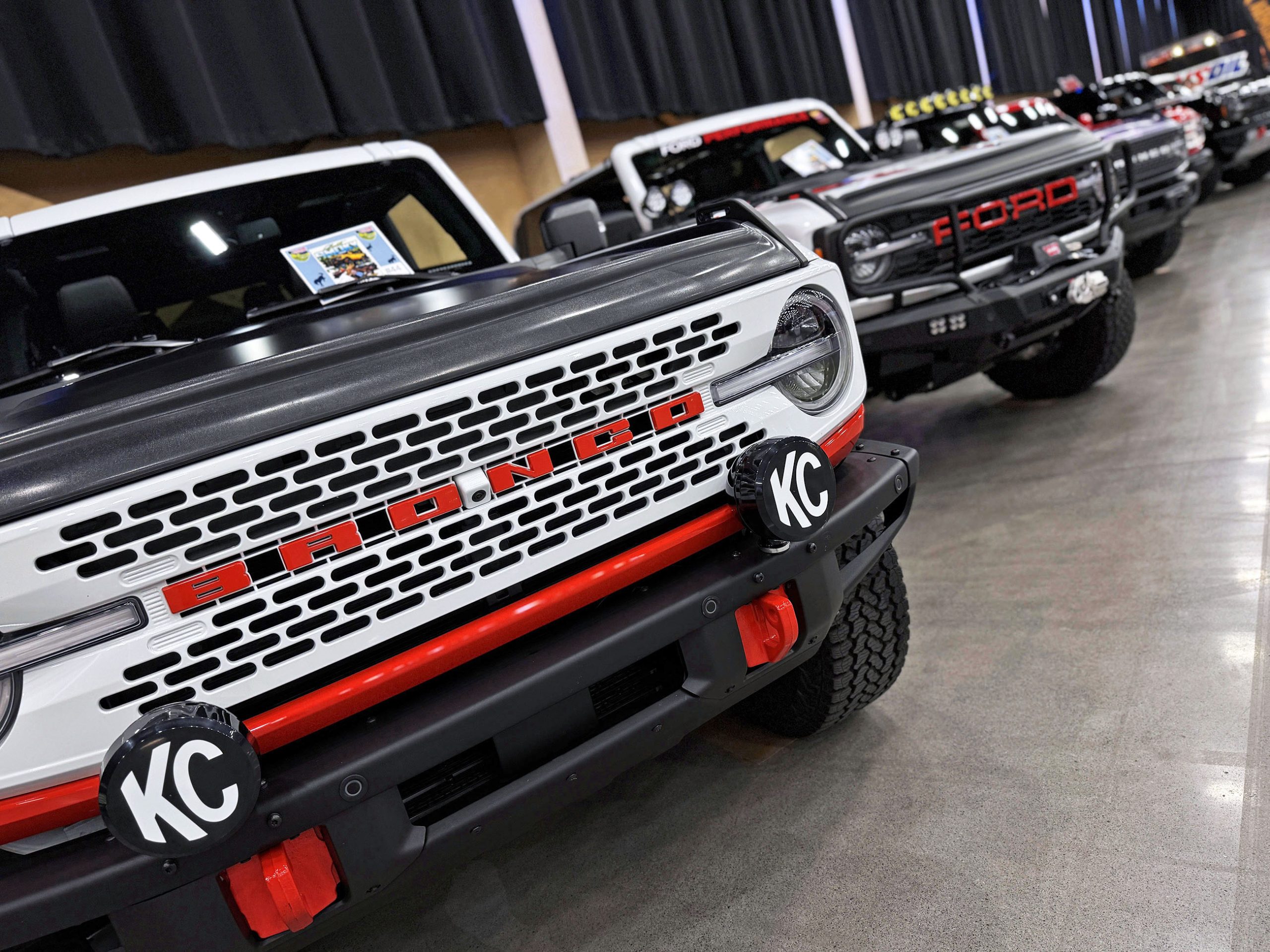
If your Bronco is still stock, it’s time for an upgrade. At the 2025 Great Smoky Mountain Bronco® Stampede in Pigeon Forge, the LeConte Center was transformed into a playground for anyone who refuses to settle for factory specs. First-gen classics mingled with lifted Sasquatch Editions, chopped customs, and wild builds that looked like they might break a few laws—on purpose. Every aisle was stacked with vendors showing off suspension systems, armor, lighting, audio, and off-road gear—everything needed to turn a perfectly nice stock Bronco into a beast that dominates the trail and turns heads everywhere it rolls.
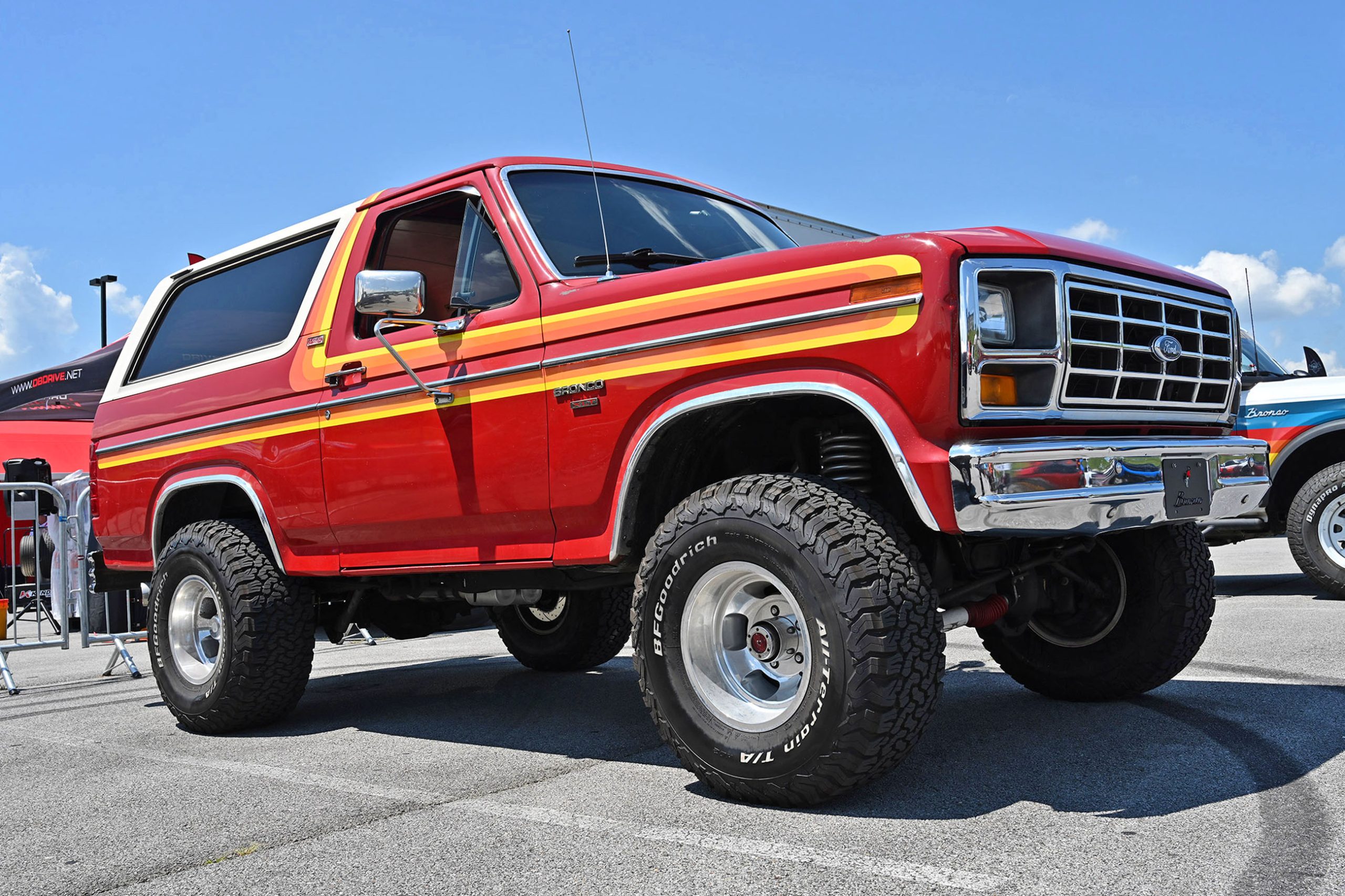
The 3rd Annual Great Smoky Mountain Bronco® Stampede thundered into Pigeon Forge, Tennessee, on August 15–16, 2025, and for two days straight the LeConte Center was wall-to-wall Broncos. Old, new, stock, modified, lifted—if it had a Bronco badge, it had a place in the herd.
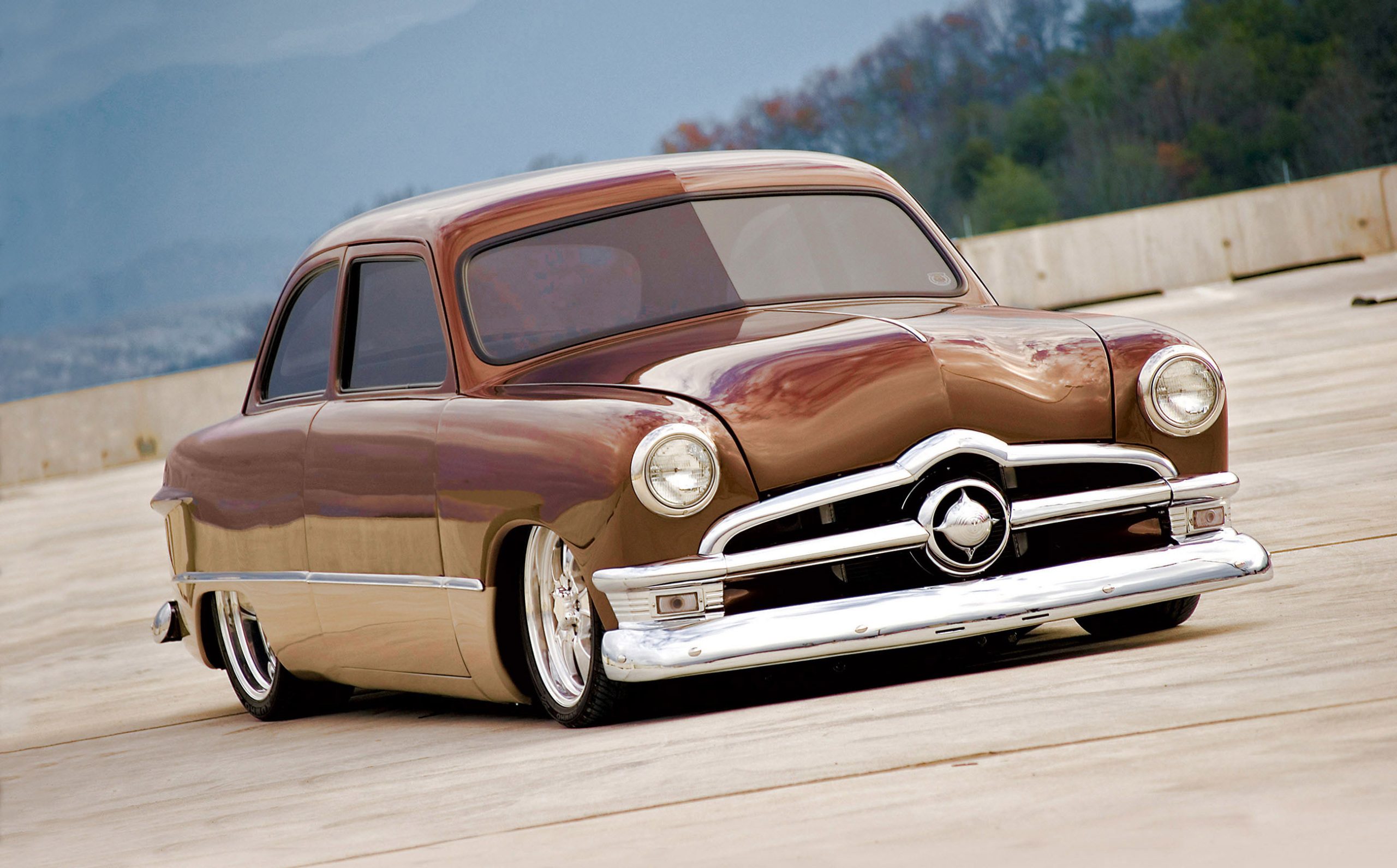
In the late ’40s, car manufacturers looked for different ways to modernize their vehicles, and this strategy was evident when the Big Three introduced their ’49 line of passenger cars. For the most part, the pickups stayed the same, but many things changed for the better when the slabside approach went into a more modernized production process. Those looking for a new car said goodbye to fat fenders, slabsided doors and dated suspension that were the norm with previous models. Of those manufacturers, Ford was certainly the leader in this revolutionary new-car building technique, as it produced a stylish ’49 model range to bring in this new production process.
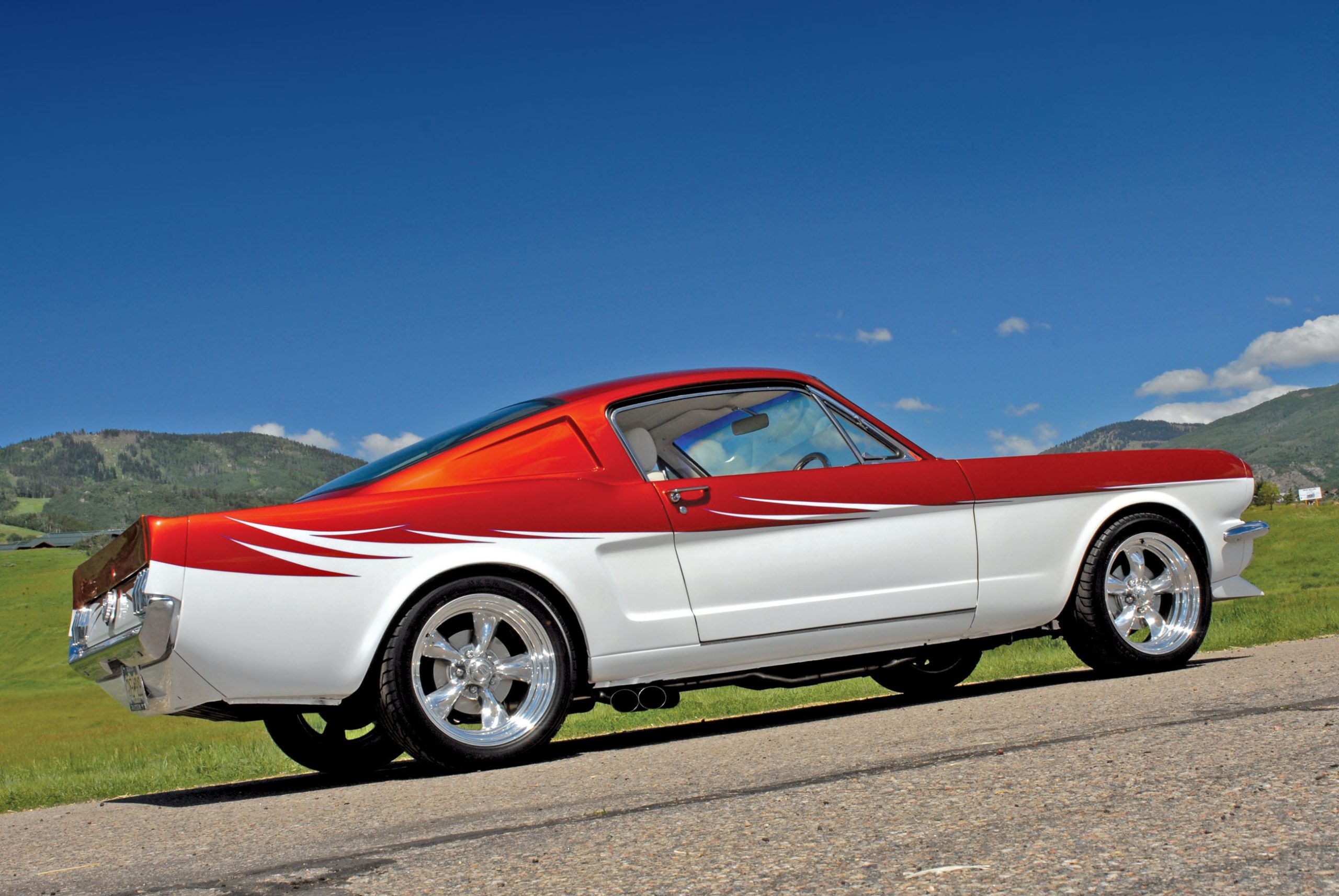
Mustang enthusiasts Tony and Tammy Seader of La Salle, Colorado, have always wanted a classic Mustang fastback, and about three years ago Tony found this ’66 Mustang 2+2 sitting on a used car lot.





